“It felt like I had come to work somewhere really special…”
19 April 2022
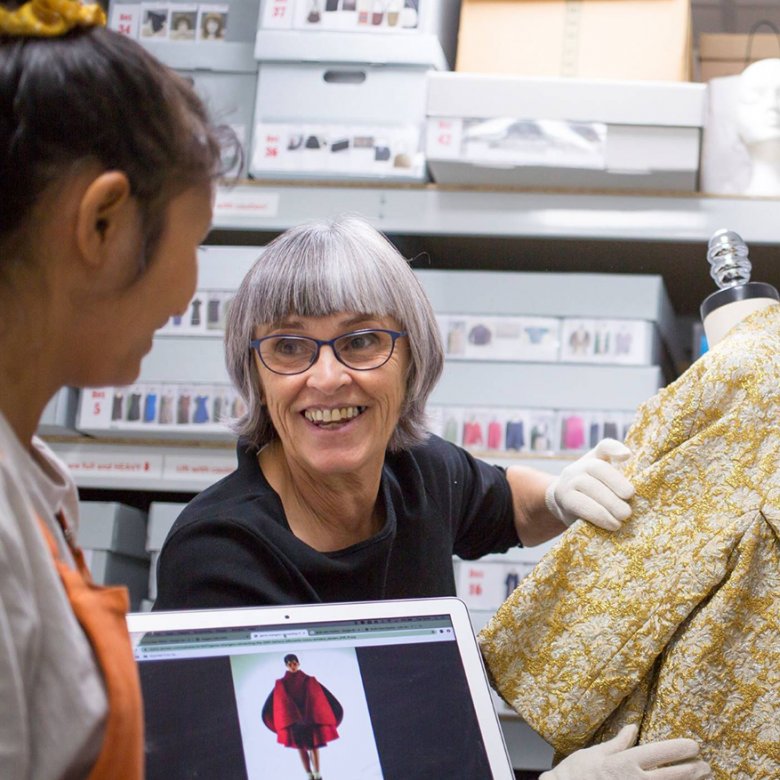
Di Downs, who currently looks after Falmouth’s Textiles and Dress Collection, recalls the opening of the University’s Design Centre in 2003 – a milestone moment in the evolution of our Fashion & Textiles Institute.
Until 20 years ago, Falmouth’s Textile Design students were familiar with simple studio surroundings in what was Tremough Convent School’s old school hall and gym. Everything changed with the multimillion-pound development of the Penryn site, which gave them access to cutting-edge facilities when the Design Centre doors finally opened.
“It was a wonderful moment,” says Di, who recalls the many months of mud and disruption prior to that as building works progressed. “On the Friday before term started, the building had yet to be finally handed over and the furniture put in place. As staff, we spent most of that weekend working flat out, in hard hats and steel toe-capped boots, getting everything ready, and somehow the handover was completed. When the students walked in, they stood stock still and gazed around, quite literally in awe. They were incredibly impressed.”
When the students walked in, they stood stock still and gazed around, quite literally in awe. They were incredibly impressed.
Di’s own story at Falmouth stretches back to 1990, when she joined the School of Art & Design to teach pattern cutting, fashion manufacturing and business studies on what was then a national diploma in Fashion.
“It felt like I had come to work somewhere really special, I think partly due to the semi-tropical vegetation and the range of old and new buildings on the Falmouth campus,” she says. “I was particularly impressed by the food in the canteen (everyone remembers that), as it was mostly homemade and excellent. Most of us took a morning coffee break, an hour for lunch and sometimes an afternoon break as well if we weren’t too busy. Staff would join each other at the lunch table and, believe it or not, sometimes talk about art.
“Bread was baked fresh every day and cakes came out of the oven at 3pm,” says Di. “From our studio window we could see into the kitchen and find out what the day’s cake was. There was the occasional stampede if it turned out to be chocolate.”
Di also recalls the end-of-term Christmas dinners for both staff and students, where everyone dressed up and tables were laden with bottles of wine.
“Even better was the afternoon cabaret in what was once the cinema behind the canteen at Woodlane, where staff and, I think, students, too, would put on a show,” she says. “It made you realise how fabulously talented so many people were, often in unexpected ways.”
The students are without doubt as creative, talented and varied in outlook as ever, but I hope that they’re now much more aware about issues of equality and sustainability than we were in those days.
Di, who now curates the content of the collection she has developed for the Fashion & Textiles Institute, has taught in various creative disciplines over the years – including graphic design, creative advertising and photography. Notably, she co-wrote the Textile Design BA with Jane Chetwynd, in 1999, and was instrumental in the delivery of the course over the next two decades. How has she seen things evolve?
“The students are without doubt as creative, talented and varied in outlook as ever, but I hope that they’re now much more aware about issues of equality and sustainability than we were in those days,” she says. “In the early nineties, it was still common for cultural appropriation not only to go completely unchecked, but to be encouraged.
“It has been a common theme in the industry and we’re only now beginning to see change,” says Di. “I know that my colleagues are going to great efforts to improve the way that emerging fashion designers interact with the world – and students are responding brilliantly to the challenge.”
More stories
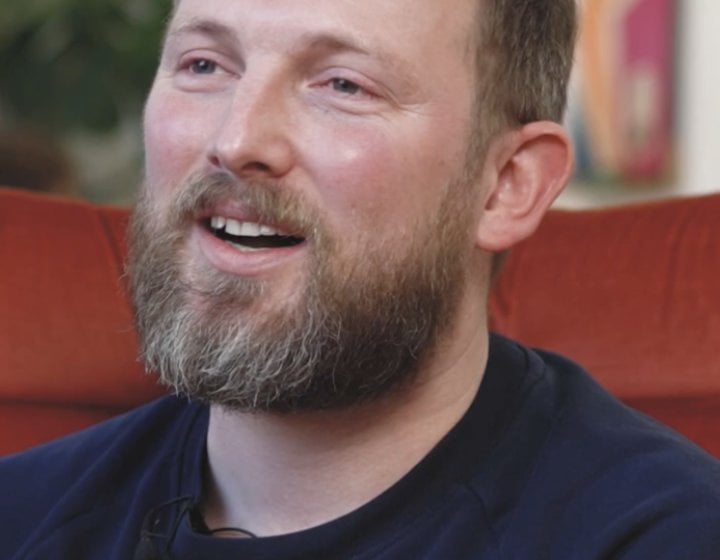
Meet Falmouth-based design studio Kingdom & Sparrow
06 July 2023
Behind the doors of the old School of Art building lives the distinctive design agency and a team of...
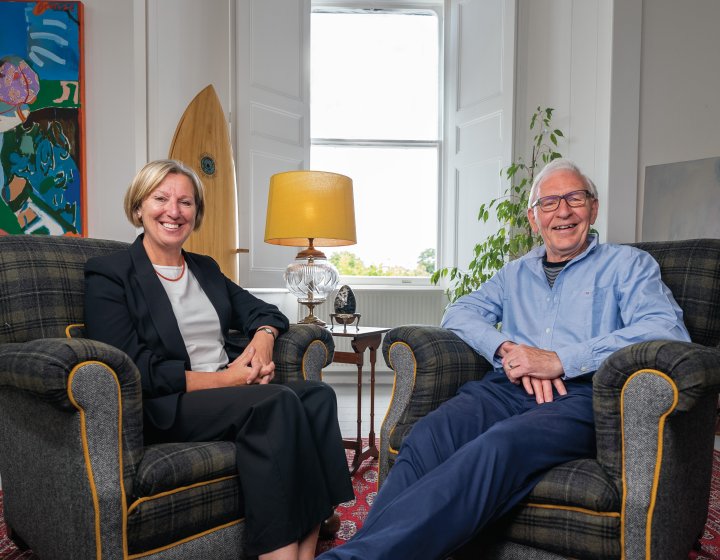
In conversation with Professor Alan Livingston CBE (Part 1)
16 December 2022
Our Vice Chancellor talks to the former University College Falmouth principal about the challenges a...
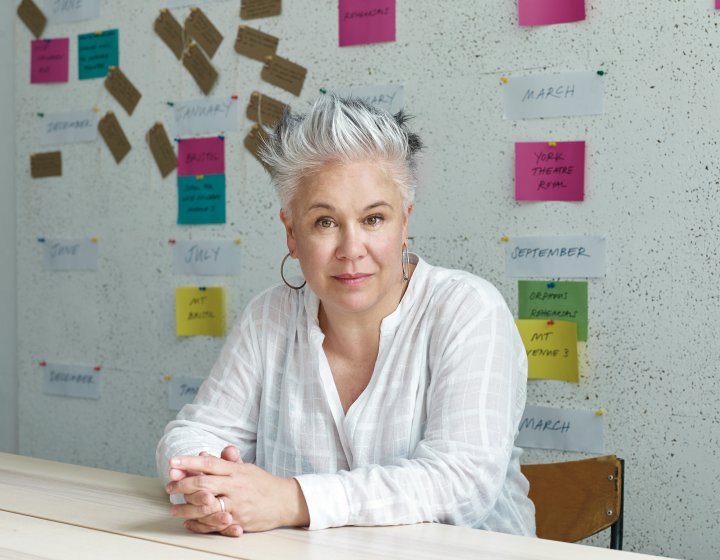
Looking ahead: Friends of Falmouth cast their minds forward
15 December 2022
Emma Rice, Rob Da Bank, Philip Marden and Sir Tim Smit KBE imagine the future of Falmouth University...
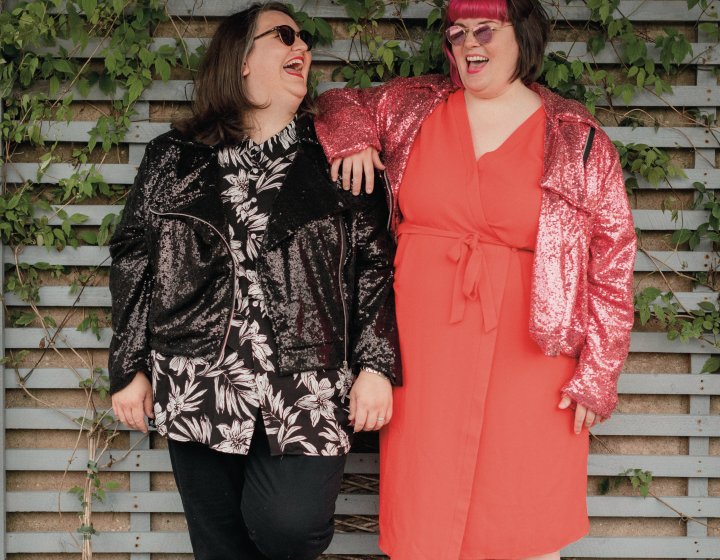
Lifelong connections made at Falmouth
15 December 2022
Hear from former students who’ve formed lifelong connections with friends they met at Falmouth.
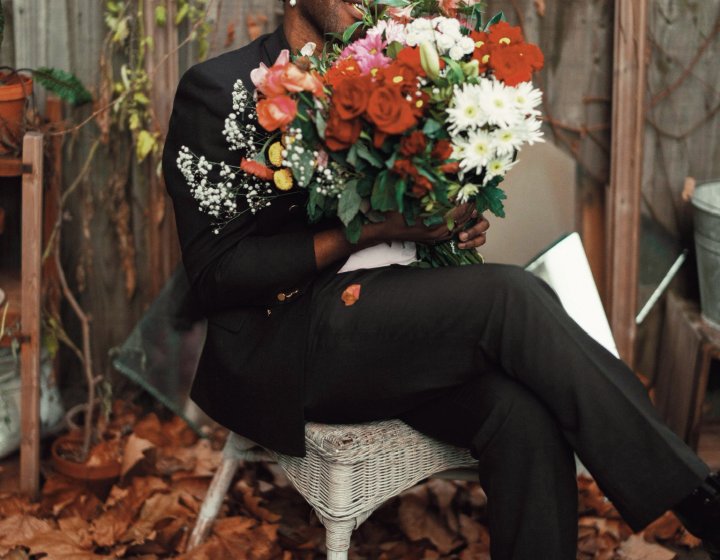
Hear from inspiring alumni
15 December 2022
Meet just a few of our outstanding alumni and discover where it all started.
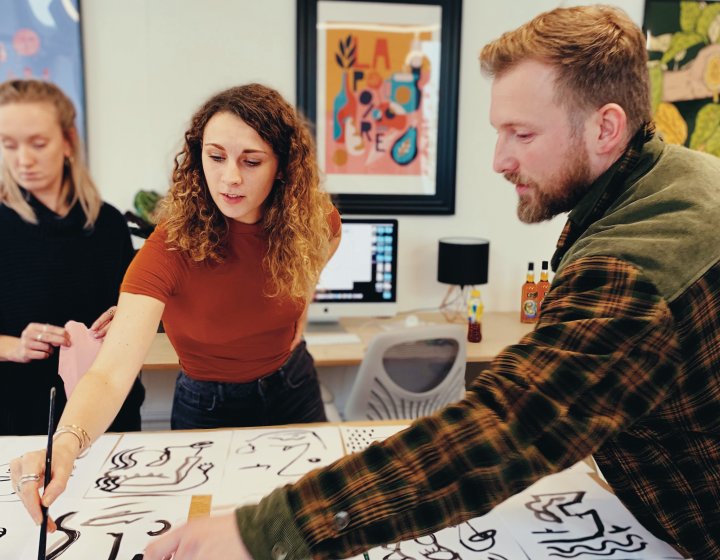
Meet the creative team now based in the original Falmouth School of Art building
15 December 2022
We visit Kingdom & Sparrow, the creative team now based in the building where it all began.
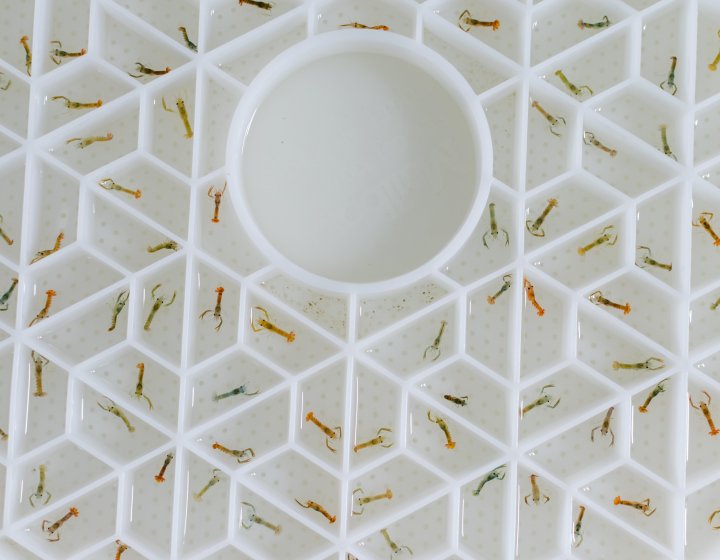
Research at Falmouth: Building on the rich legacy of a creative county
15 December 2022
Professor David Prior, Director of Research, reflects on the incredible evolution of Research & Inno...
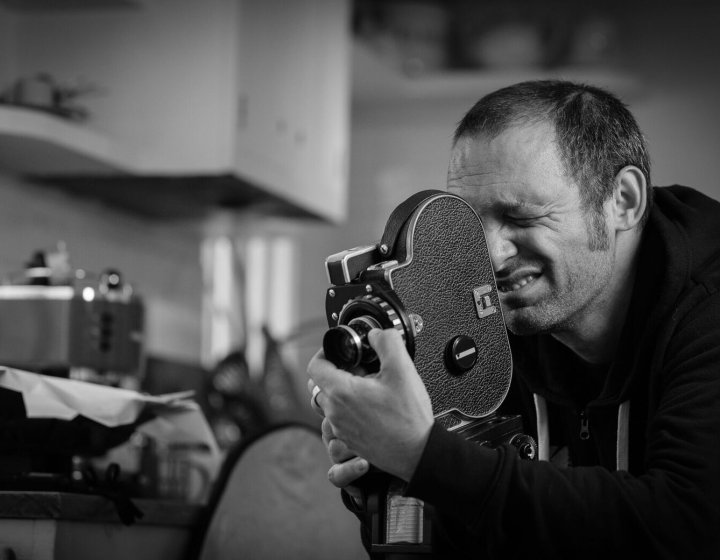
In conversation: Dennis Lowe & Mark Jenkin
15 December 2022
Dennis Lowe and Mark Jenkin discuss classic cameras, creative inspiration and their experiences at t...
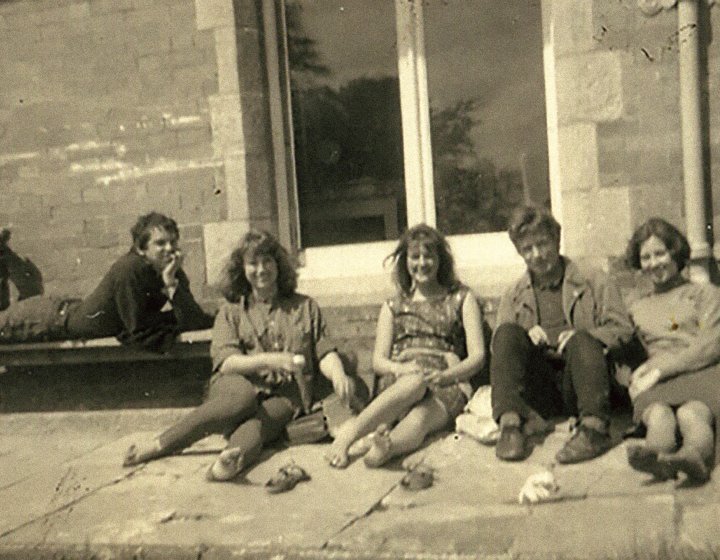
Then and now: Student life
15 December 2022
In 60 years, how has student life changed? From parties to politics, two students past and present d...
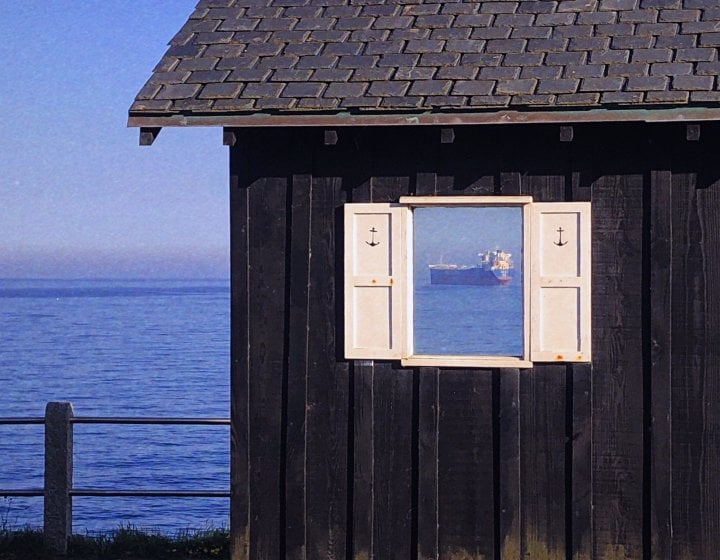
Falmouth alumni photo album
27 April 2022
Explore Falmouth life through the lens of our graduates. Whether you're reminiscing about y...